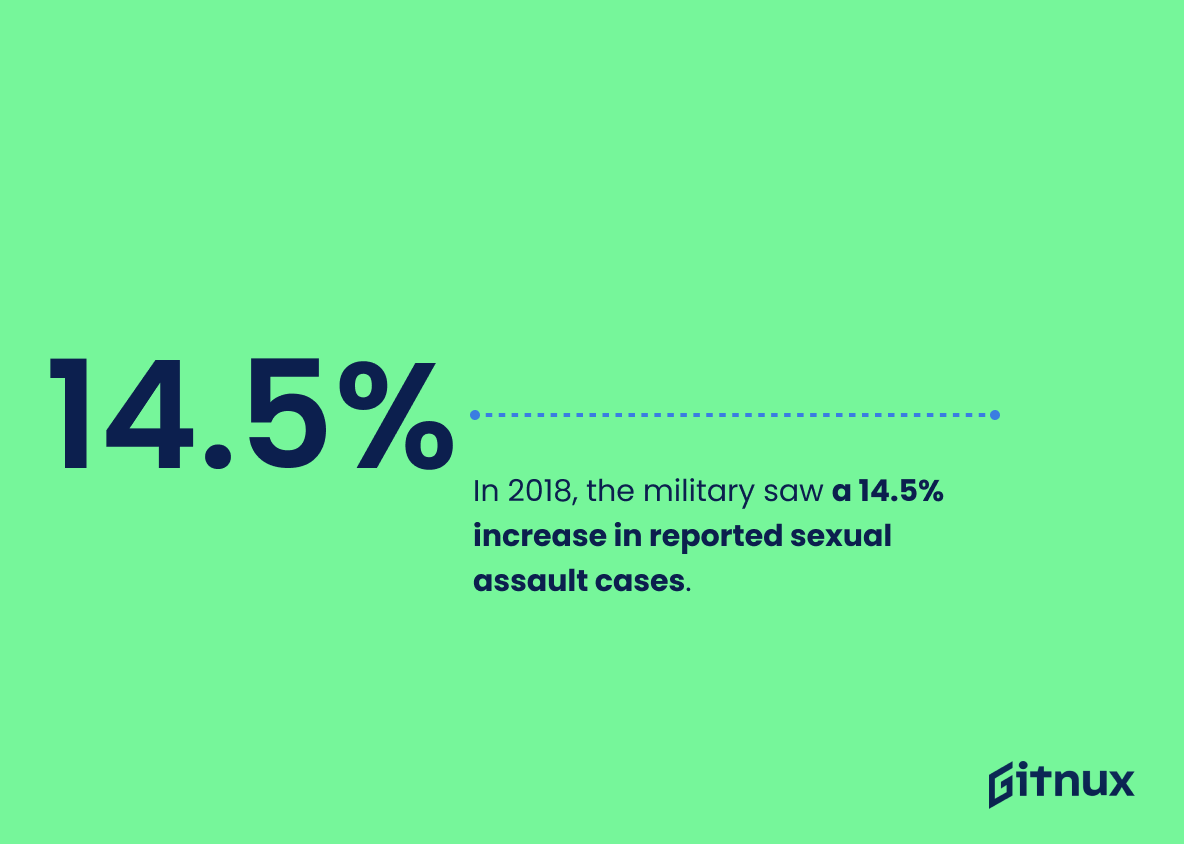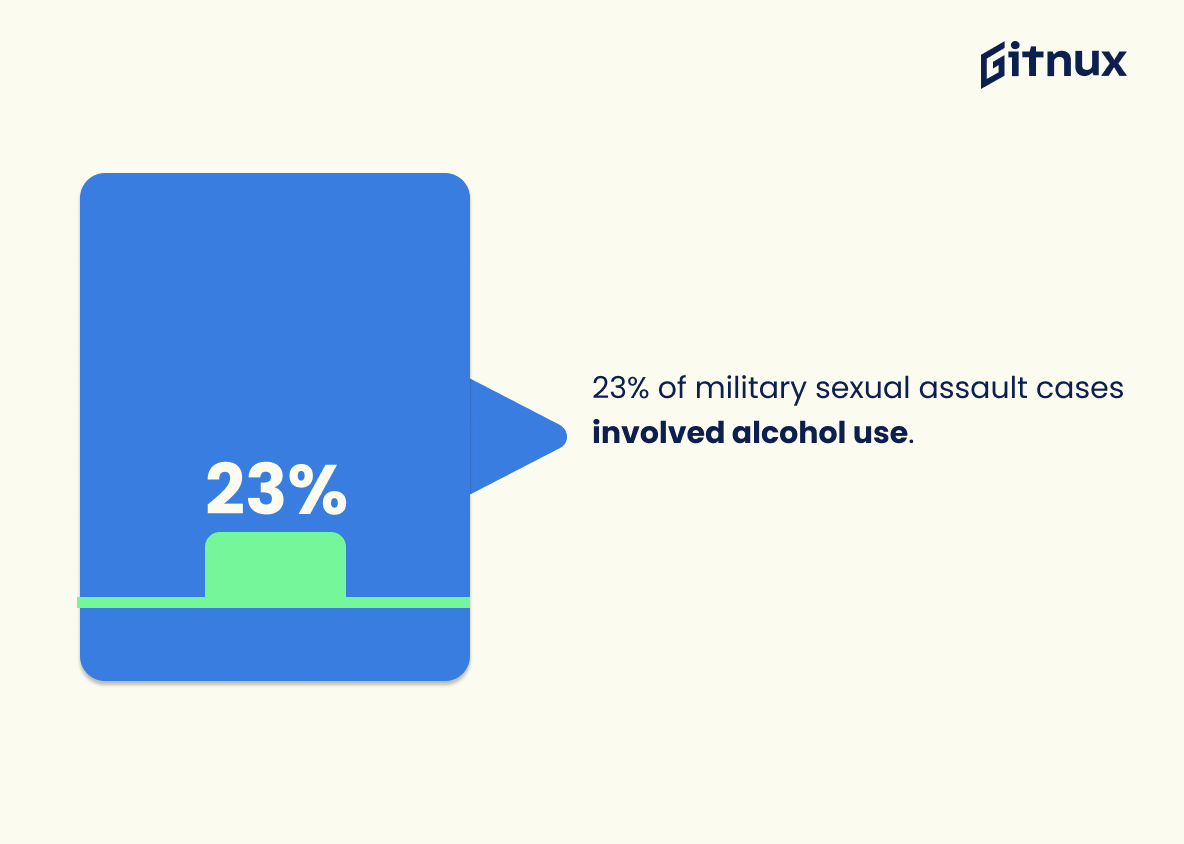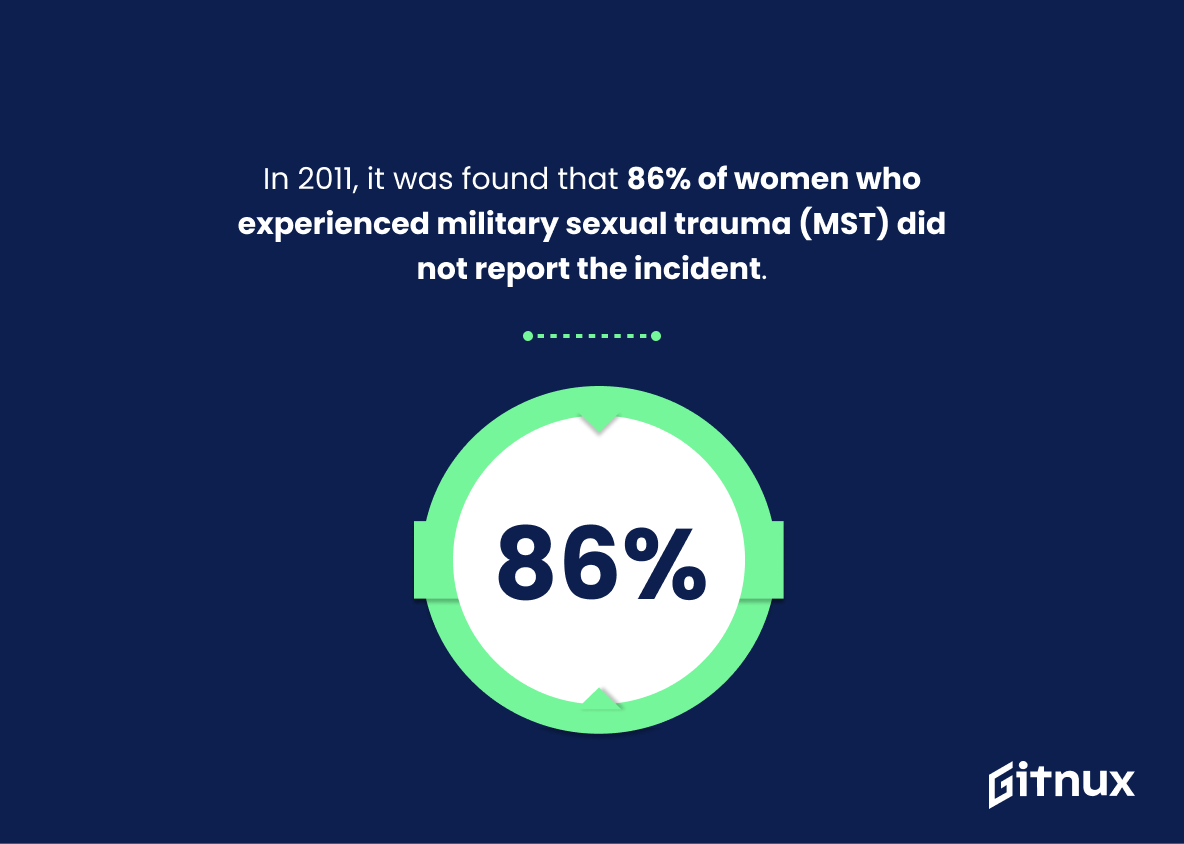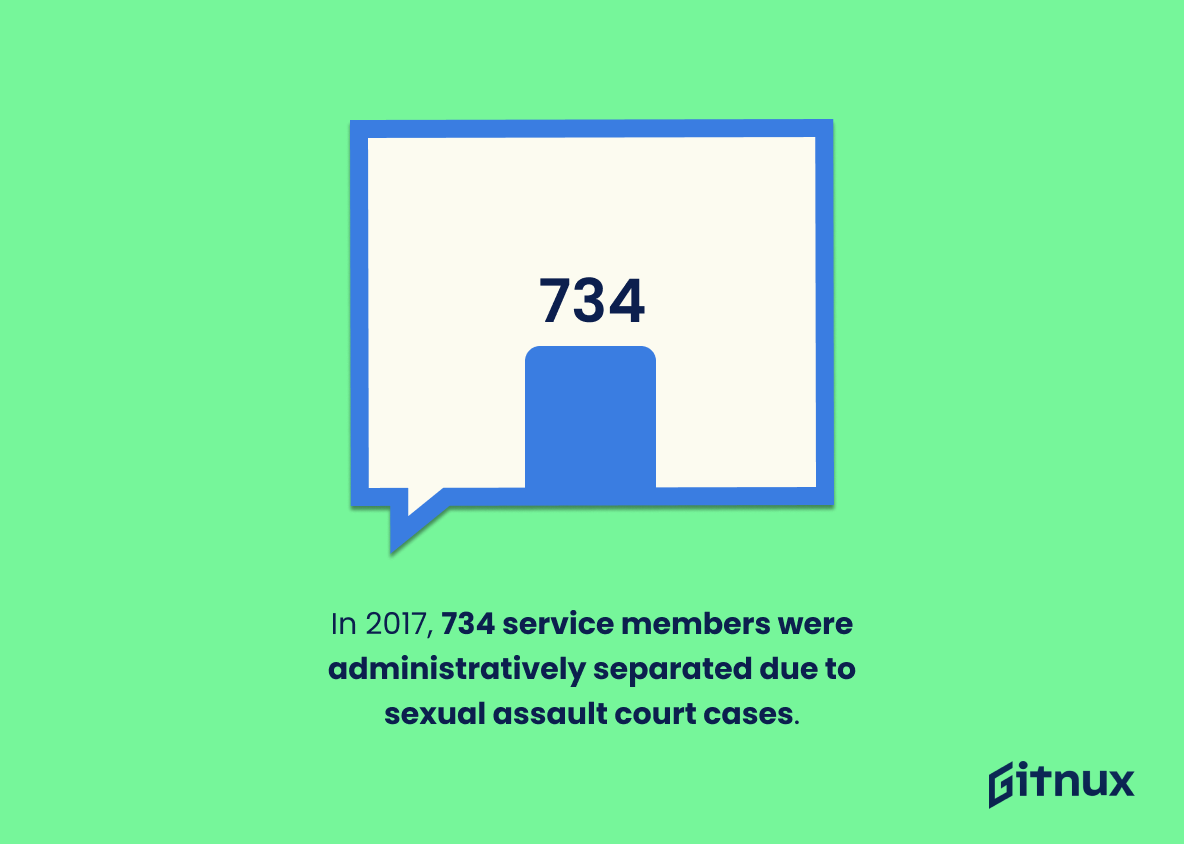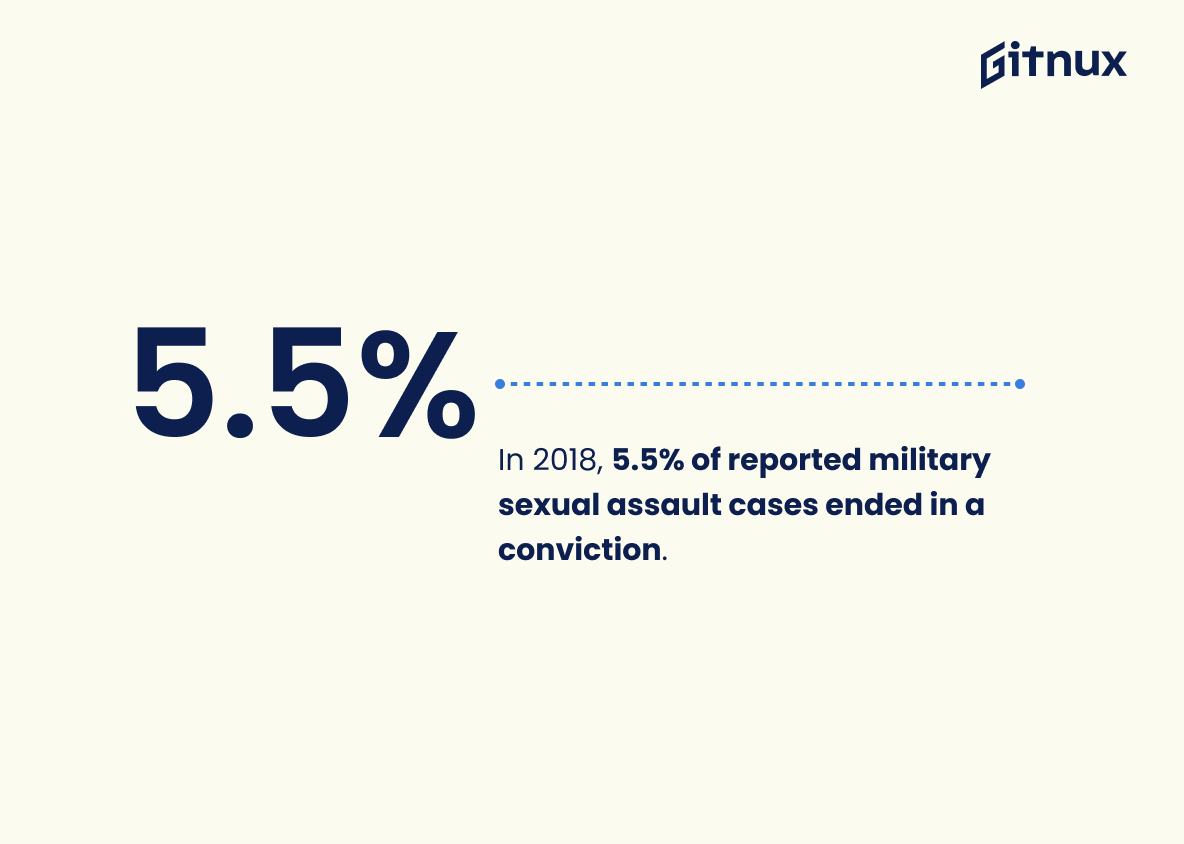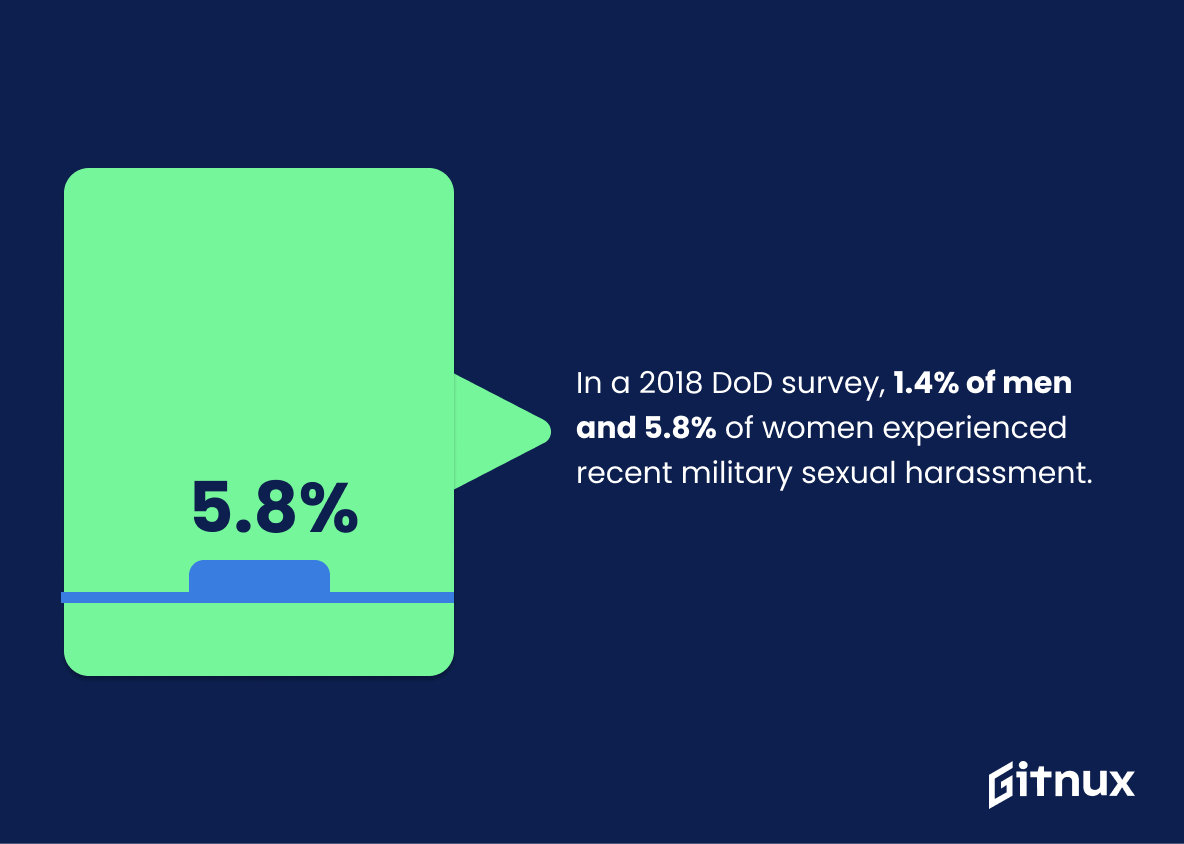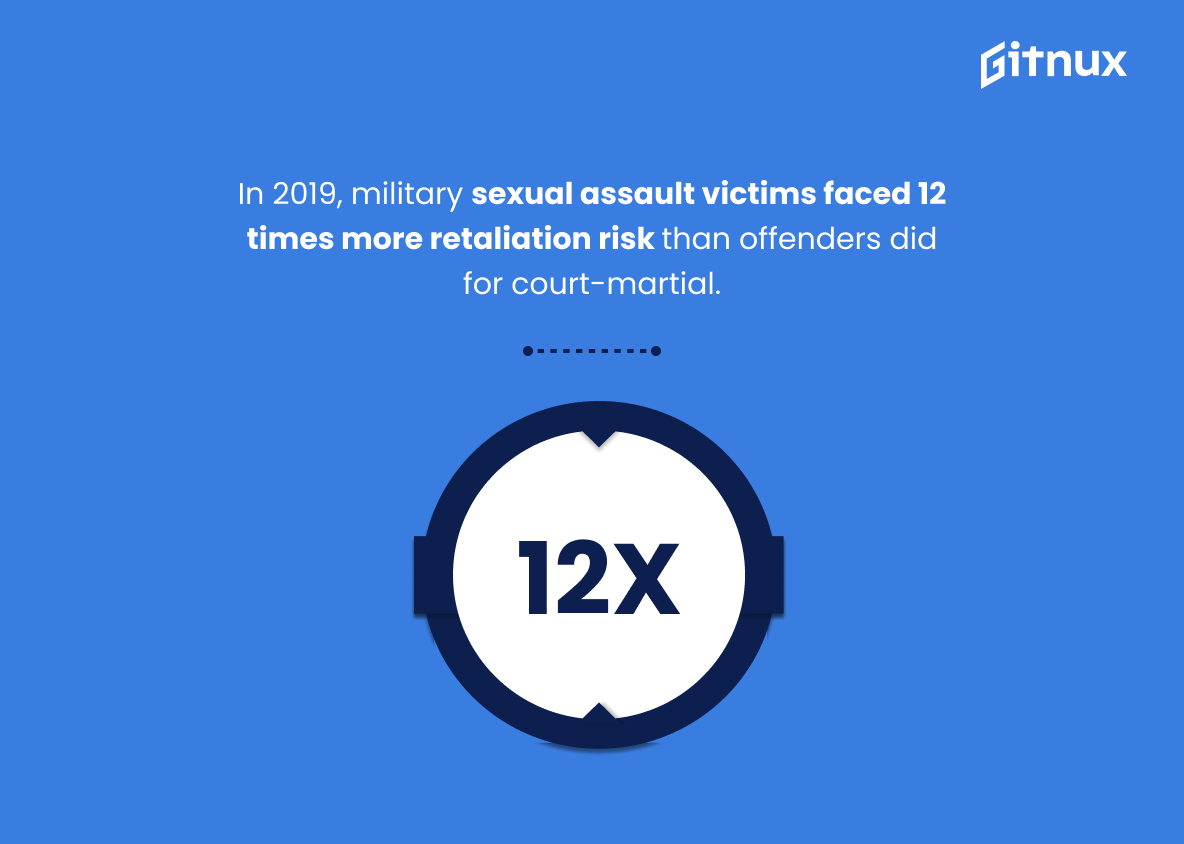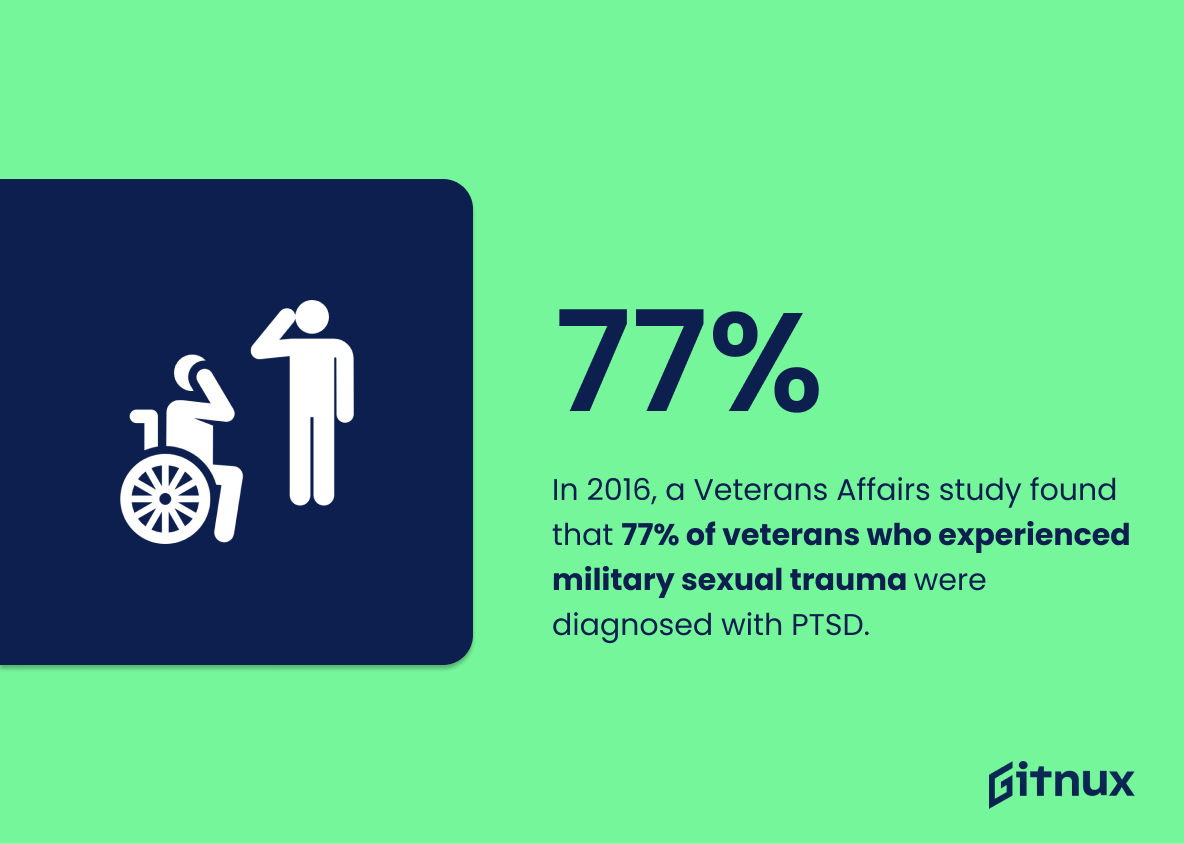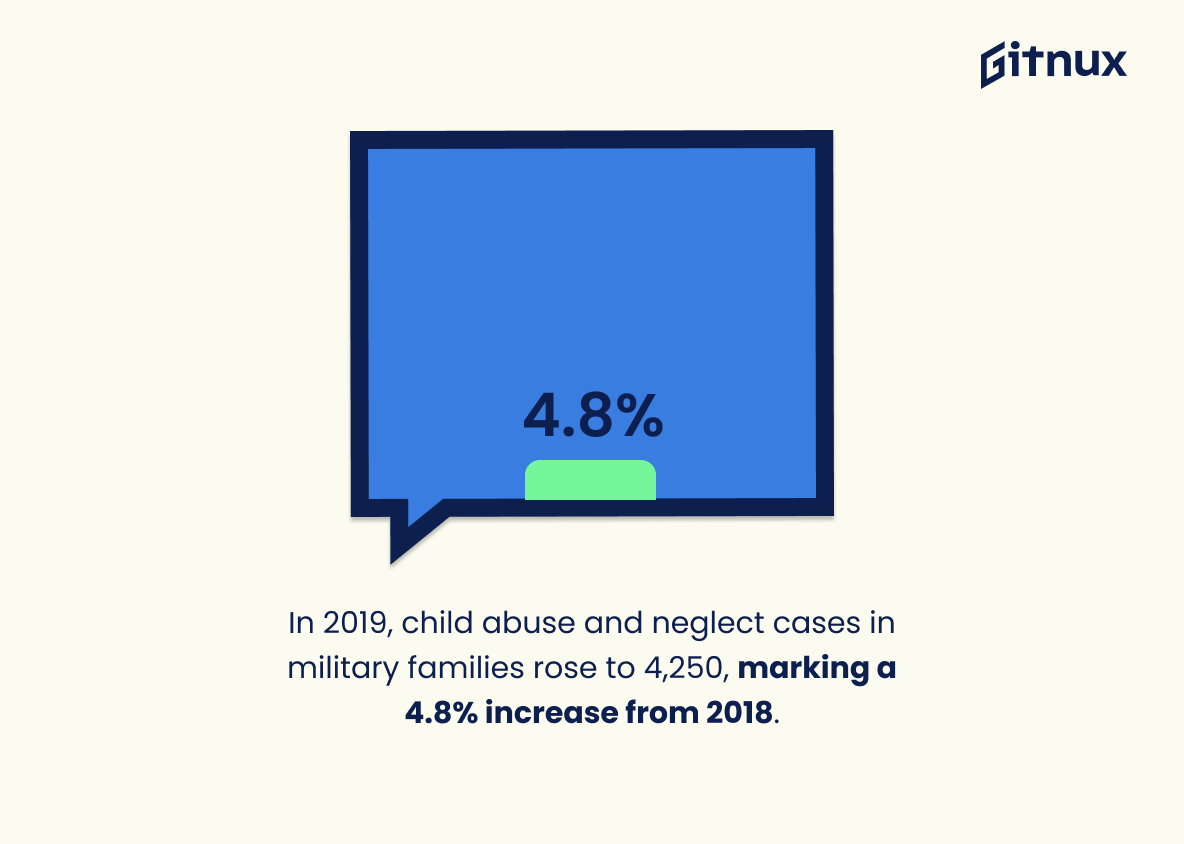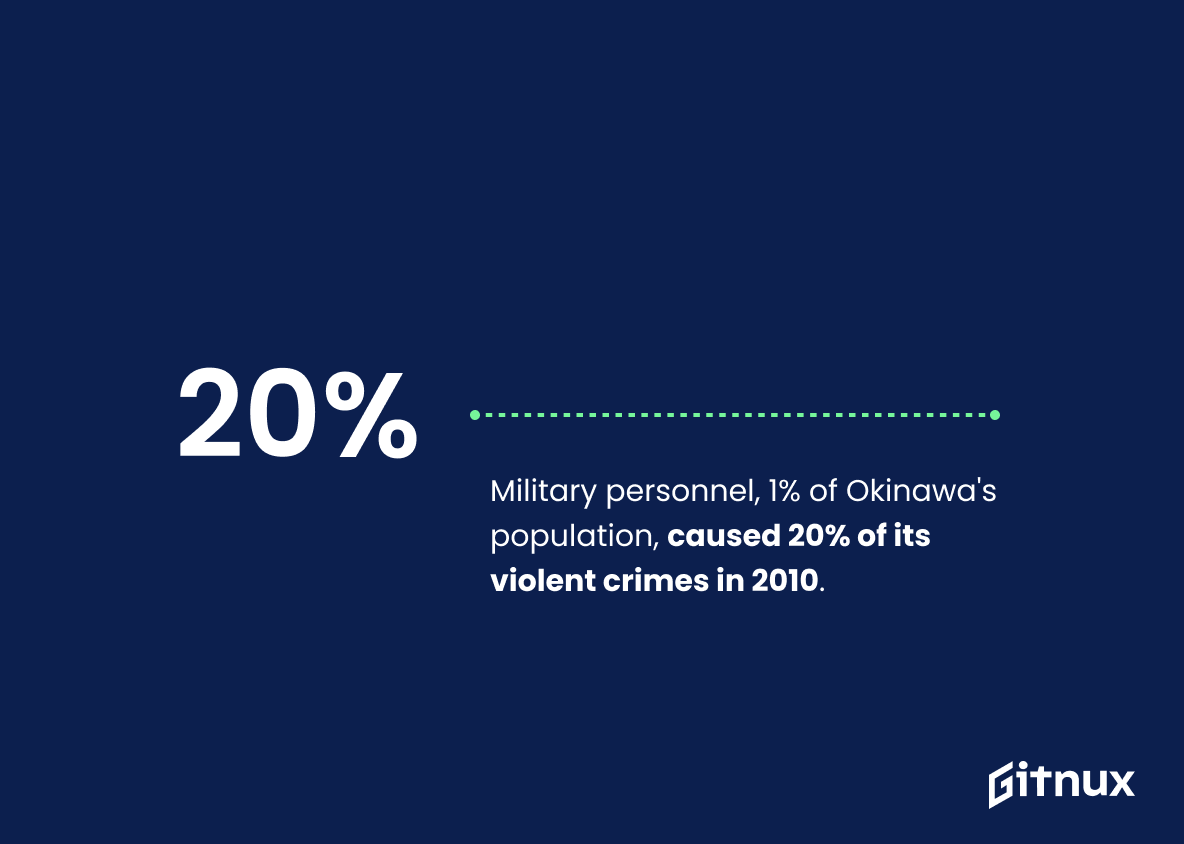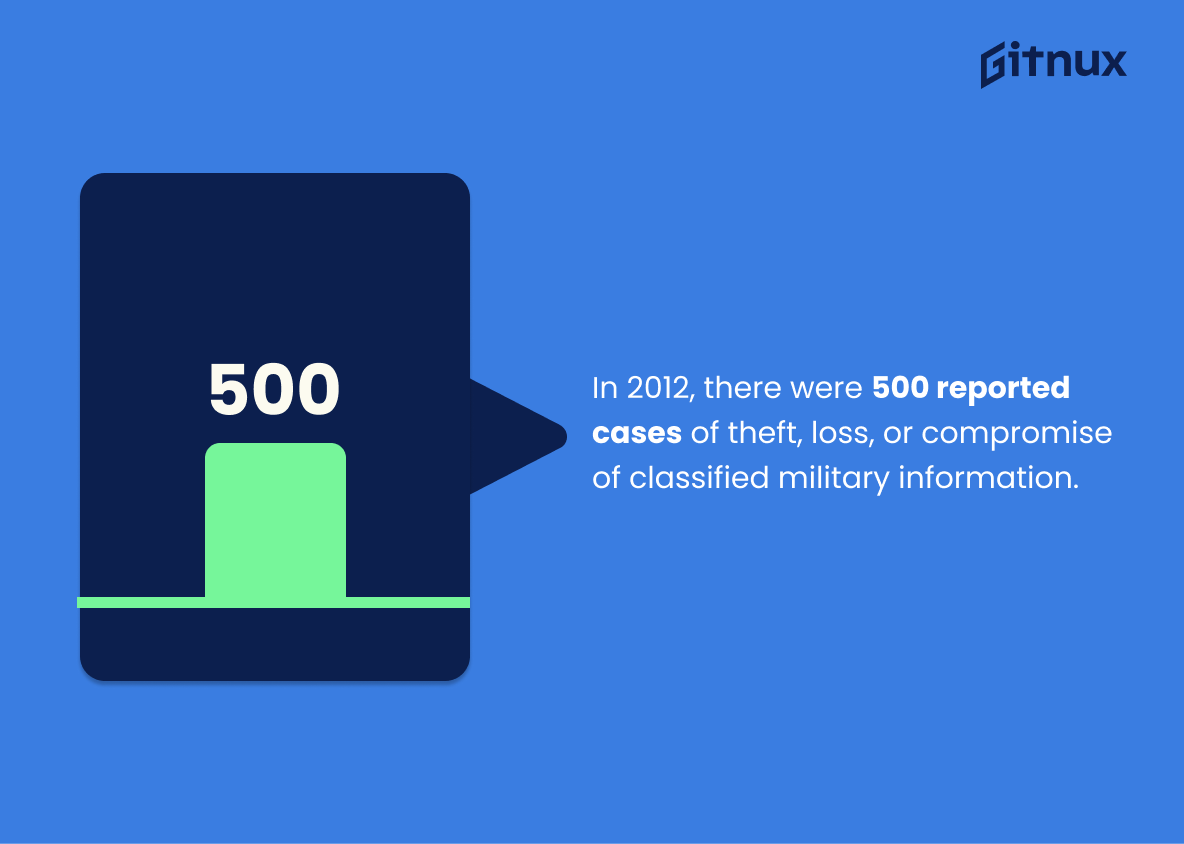The US military is a complex and powerful organization that serves to protect the nation. Unfortunately, it also has its share of crime statistics that are concerning. This blog post will explore 20 different military crime statistics from 2018-2020, including reports of sexual assault, domestic violence, theft or loss of classified information, cybercrime and more. We’ll look at how these numbers have changed over time as well as what they mean for service members today. By understanding the current state of affairs in regards to criminal activity within the armed forces we can better equip ourselves with knowledge on how best to prevent such crimes from occurring in our own lives and those around us.
Military Crime Statistics Overview
About 1 in 4 women and 1 in 15 men in the military experience unwanted sexual contact during their service.
This statistic is a stark reminder of the prevalence of sexual assault in the military, and serves as a call to action to address this issue. It highlights the need for greater awareness and prevention of sexual assault in the military, as well as improved support for victims of such crimes. This statistic is an important part of the conversation about military crime statistics, and should not be overlooked.
In 2017, there were 960 reported cases of domestic violence in the military, marking an increase of over 14% compared to 2016.
This statistic is a stark reminder of the prevalence of domestic violence in the military, and the alarming rate at which it is increasing. It is a call to action for the military to take steps to address this issue and ensure the safety of its members. It is also a reminder of the need for greater awareness and education about domestic violence in the military, so that victims can be better supported and perpetrators held accountable.
In 2018, there were 4,375 reported cases of sexual assault among active-duty service members in the US military, a 14.5% increase from the previous year.
This statistic is a stark reminder of the prevalence of sexual assault in the US military, and serves as a call to action to address this issue. It highlights the need for greater awareness and prevention of sexual assault in the military, as well as improved support for victims. The 14.5% increase in reported cases of sexual assault from the previous year is a concerning trend that must be addressed.
Approximately 23% of substantiated sexual assault cases in the military involved the use of alcohol.
This statistic is a stark reminder of the prevalence of alcohol-related sexual assault in the military. It highlights the need for greater awareness and prevention of such crimes, as well as the need for better support for victims. It also serves as a reminder that alcohol can be a factor in the commission of serious crimes, and that it should not be taken lightly.
In 2011, it was found that 86% of women who experienced military sexual trauma (MST) did not report the incident.
This statistic is a stark reminder of the prevalence of military sexual trauma and the lack of reporting of such incidents. It highlights the need for greater awareness and support for victims of MST, as well as the need for improved systems to ensure that such incidents are reported and addressed. This statistic is a call to action for those in the military and in the wider community to take steps to ensure that victims of MST are heard and supported.
In 2016, 8,892 service members reported experiencing sexual assault, which represents an estimated 14,900 incidents.
This statistic is a stark reminder of the prevalence of sexual assault in the military. It is a sobering reminder that the military is not immune to the same issues that plague civilian society. It is a call to action to ensure that service members are protected and that perpetrators are held accountable.
In 2017, 734 service members had been administratively separated from service following a sexual assault court case.
This statistic is a stark reminder of the prevalence of sexual assault in the military. It highlights the need for greater awareness and prevention of such crimes, as well as the need for more effective measures to ensure that those who commit them are held accountable. It also serves as a reminder of the importance of providing support and resources to victims of sexual assault in the military.
In 2018, 5.5% of reported military sexual assault cases ended in a conviction.
This statistic is a stark reminder of the prevalence of military sexual assault and the lack of justice for victims. It highlights the need for more effective measures to be taken to ensure that those who commit such crimes are held accountable and that victims are given the support they need. It also serves as a reminder that more needs to be done to prevent such crimes from occurring in the first place.
In a 2018 Department of Defense survey, 1.4% of men and 5.8% of women reported experiencing sexual harassment in the military during the past year.
This statistic is a stark reminder of the prevalence of sexual harassment in the military, and serves as a call to action to address this issue. It highlights the need for further investigation into the causes of this problem and the implementation of measures to prevent it from occurring in the future. This statistic is an important part of the overall picture of military crime statistics, and should not be overlooked.
In 2019, it was found that victims of military sexual assault were 12 times more likely to face retaliation than their offenders were to be court-martialed.
This statistic is a stark reminder of the injustice that victims of military sexual assault face. It highlights the fact that those who perpetrate these crimes are rarely held accountable, while those who report them are often met with retribution. This statistic is a powerful illustration of the need for reform in the military justice system, and serves as a call to action for those who are passionate about protecting the rights of victims of military sexual assault.
In 2016, a Veterans Affairs study found that 77% of veterans who experienced military sexual trauma were diagnosed with PTSD.
This statistic is a powerful reminder of the lasting impact of military sexual trauma on veterans. It highlights the need for increased awareness and support for those who have experienced such trauma, as well as the need for better prevention and treatment of PTSD in this population. It also serves as a reminder of the importance of addressing military sexual trauma and its consequences in order to ensure the safety and well-being of our veterans.
In 2019, the total number of child abuse and neglect cases in military families rose to 4,250, an increase of 4.8% compared to 2018.
This statistic is a stark reminder of the reality of military families, and the prevalence of child abuse and neglect cases within them. It highlights the need for increased awareness and support for those affected, as well as the need for further research into the causes and solutions of this issue. It is an important statistic to consider when discussing military crime statistics, as it provides insight into the struggles faced by military families.
In 2010, it was estimated that military personnel were responsible for 20% of all violent crimes in Okinawa, despite making up only 1% of the population.
This statistic is a stark reminder of the disproportionate amount of violent crime attributed to military personnel in Okinawa. Despite making up only 1% of the population, military personnel are responsible for a fifth of all violent crimes in the area. This alarming statistic highlights the need for further investigation into the causes of military crime in Okinawa.
In 2012, there were 500 reported cases of theft, loss, or compromise of classified military information.
This statistic is a stark reminder of the prevalence of theft, loss, or compromise of classified military information in 2012. It serves as a warning to those in the military to be vigilant in protecting sensitive information and to take the necessary steps to ensure that such incidents do not occur. It also highlights the importance of having effective security measures in place to protect classified military information. This statistic is an important part of the overall picture of military crime statistics and should not be overlooked.
In 2016, the Department of Defense estimated that 32% of service members experienced cybercrime, with fraud being the most common offense.
This statistic is a stark reminder of the prevalence of cybercrime among service members, with fraud being the most common offense. It is a reminder that the military is not immune to the same cyber threats that civilians face, and that the Department of Defense must remain vigilant in protecting its personnel from such crimes. This statistic is an important one to consider when discussing military crime statistics, as it highlights the need for increased security measures to protect service members from cybercrime.
Conclusion
The statistics presented in this blog post demonstrate the prevalence of military crime, particularly sexual assault and cybercrime. In 2018 alone, there were 20,500 reports of sexual assault involving service members – a 38% increase compared to the previous year. Additionally, it was found that victims of military sexual assault were 12 times more likely to face retaliation than their offenders were to be court-martialed. Furthermore, 32% of service members experienced some form of cybercrime in 2016 with fraud being the most common offense reported. These figures highlight how important it is for authorities within the US Military to take action against these crimes and ensure justice is served for those affected by them.
References
0. – https://www.www.militarytimes.com
1. – https://www.www.rand.org
2. – https://www.www.va.gov
3. – https://www.www.justice.gov
4. – https://www.www.defense.gov
5. – https://www.www.ncbi.nlm.nih.gov
6. – https://www.www.nytimes.com
7. – https://www.www.nsvrc.org
8. – https://www.www.usatoday.com
9. – https://www.www.pbs.org
10. – https://www.apjjf.org
11. – https://www.sapr.mil
12. – https://www.www.stripes.com


